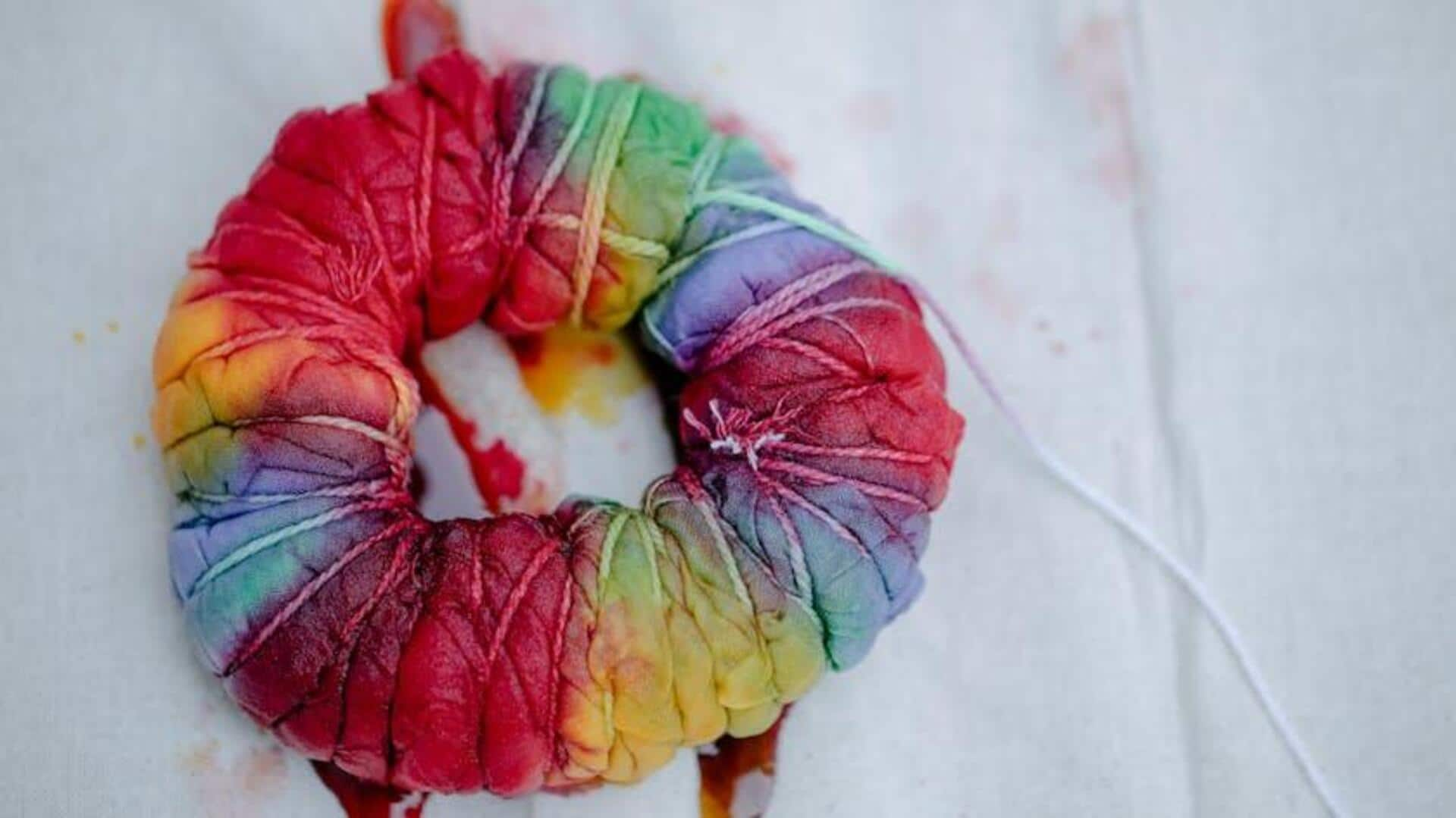
What's unique about African wax-resist dyeing techniques?
What's the story
The art of African wax-resist dyeing holds a special place in the continent's cultural tapestry. This process, which involves applying wax to the fabric before dyeing it (the waxed areas resist the dye, resulting in intricate patterns), has a rich history. Although it originated in Indonesia, African artisans embraced the technique, infusing it with their creativity to produce a wide array of designs unique to different regions in Africa.
Origins
The history and spread of wax-resist dyeing
The art of wax-resist dyeing arrived in Africa via Dutch traders in the 19th century. While initially introduced as a cheaper imitation of Indonesian batik, African artisans soon transformed the technique into a vibrant expression of their own cultures. Nations like Nigeria, Ghana, and Senegal emerged as hubs for this textile art, each fostering unique styles and motifs deeply rooted in their local cultures and histories.
Crafting process
Techniques and materials used
The process of creating a batik fabric involves multiple steps. Artisans begin by applying hot wax to the fabric, either by drawing freehand designs or using stamps. Once the wax is applied, the fabric is dyed with vibrant colors. The wax-covered areas resist the dye, while the rest of the fabric absorbs it. After dyeing, the fabric is boiled to remove the wax, resulting in beautiful, contrasting patterns.
Cultural impact
Significance in African cultures
In many African cultures, these textiles aren't just clothes; they're a language. Patterns and colors can indicate social position, whether you're married or single, how old you are, how rich you are, or even which political party you support. Some patterns are so special that people only wear them for certain ceremonies or celebrations.
Evolution
Modern innovations and challenges
Craftspeople today are mixing tradition with trend, crafting innovative designs for global markets while keeping their cultural heritage alive. Challenges like cheap, mass-produced knockoffs and fakes remain. By securing intellectual property rights and promoting authentic products on the international stage, they're ensuring the survival of their craft amidst modern threats.
Sustainability
Preserving tradition through education
Educational efforts to teach young Africans about traditional textile arts like wax resist dyeing are essential for keeping these techniques alive. Workshops don't just teach practical skills—they also foster a sense of cultural pride and identity. This way, the ancient art form can continue to flourish, even as the world changes.